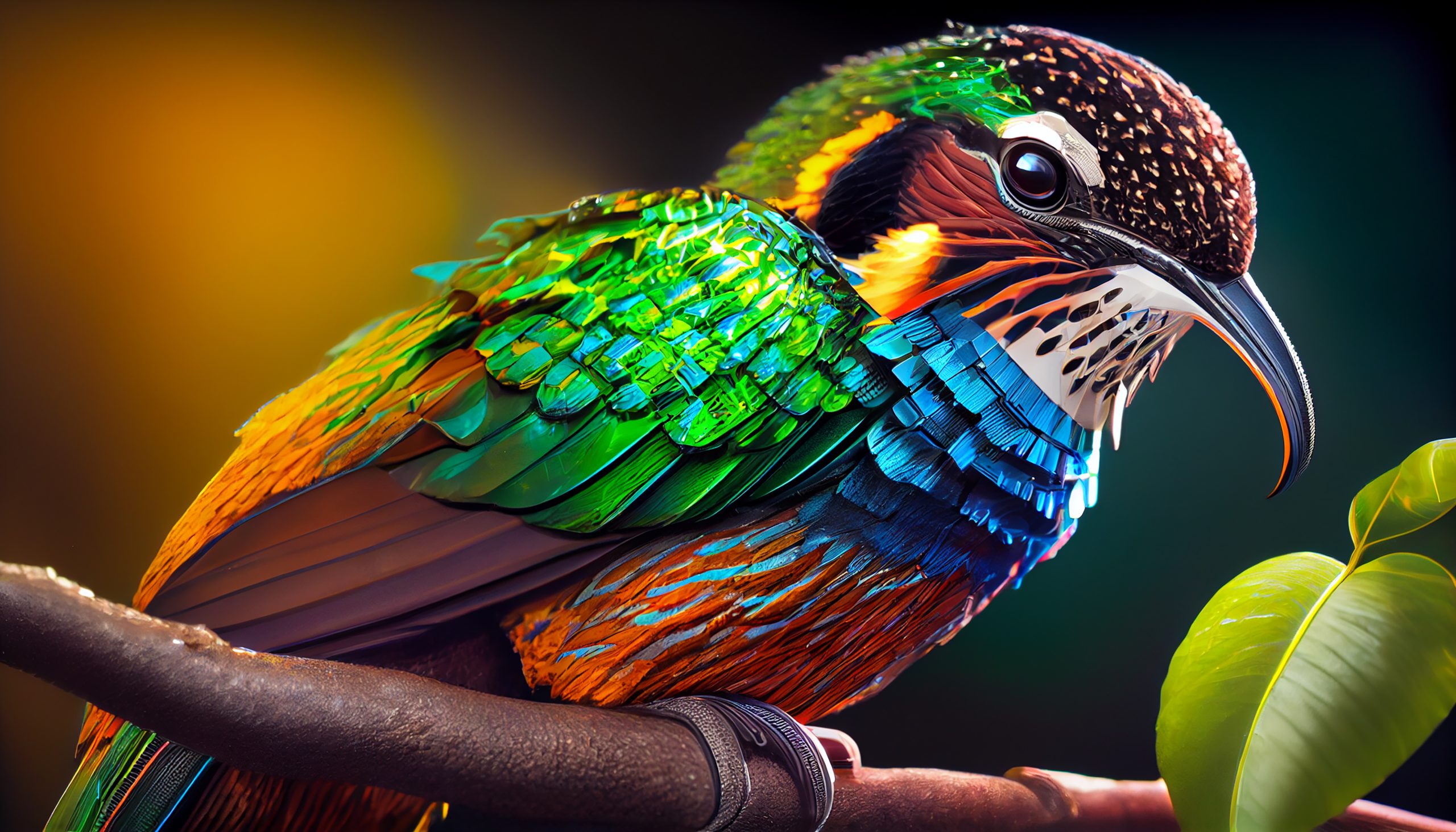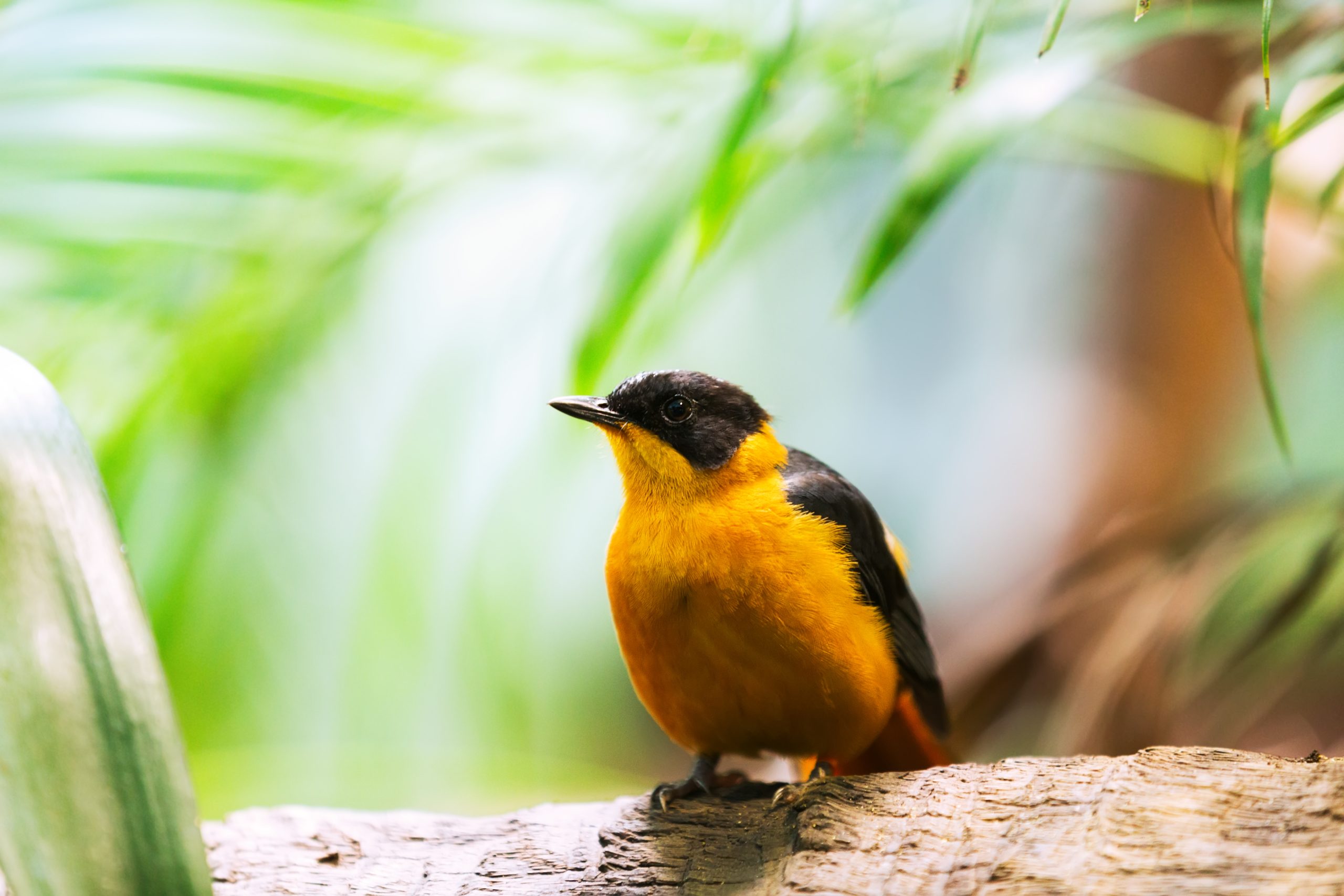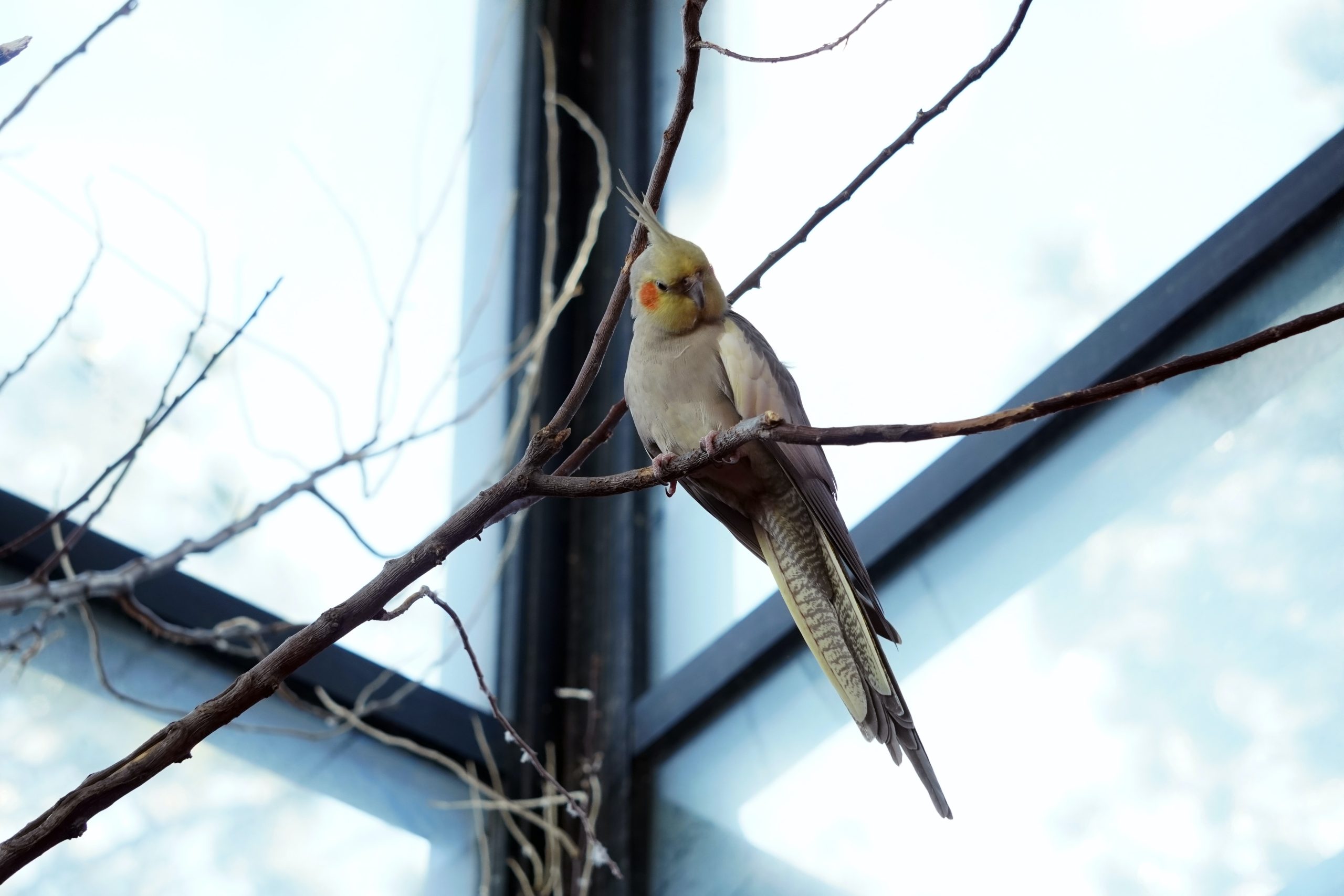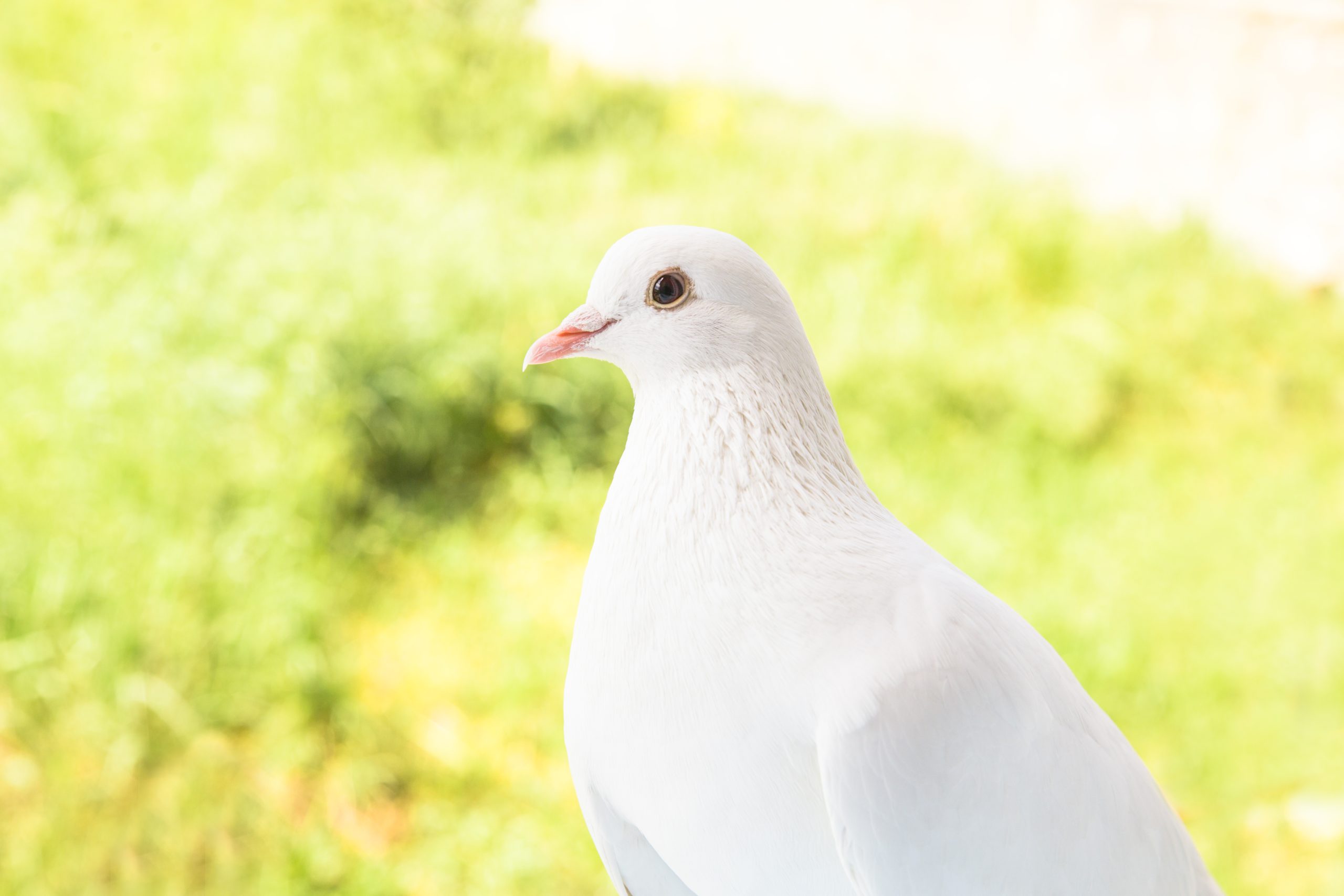As inquisitive parakeet owners observe their energetic birds, questions arise about whether parakeets share similar urinary habits as mammalian pets. With very different avian internal plumbing, Do Parakeets Pee parakeets utilize unique strategies to eliminate metabolic wastes. Understanding excretion forms in parakeets facilitates providing excellent care while appreciating their specialized biology.
Parakeets, also known as budgerigars, are popular pet birds that are a member of the parrot family. Like all birds, parakeets do not urinate or pee. Instead, they excrete excess water and waste products in combination with their feces.
Birds have a very different urinary system compared to mammals. Here is an overview of how the urinary system of parakeets works:
The Kidneys
Parakeets have two small bean-shaped kidneys located near their spine. The kidneys filter blood to remove metabolic waste products like uric acid and excess water, forming a liquid called urine.
The Ureters
The urine formed in the kidneys travels down two narrow tubes called ureters which lead to the cloaca.
The Cloaca
The cloaca is a common chamber that serves as the opening for the digestive, urinary, and reproductive tracts in birds. The ureters carry the urine from the kidneys into the cloaca.
Urinary Bladder
Birds do not have a urinary bladder for storing urine. The urine that empties into the cloaca quickly passes out of the body, combined with feces.
Excretion
When parakeets excrete, the urine and feces get mixed and are eliminated through the vent or cloacal opening. The white portion of their droppings is urine or urine, while the dark portion is the feces.
So in summary, parakeets do not pee in the same way mammals do. Their urine combines with feces which are excreted together through the cloaca. The liquid urine portion of their droppings represents their version of peeing.
Key Aspects of Parakeet Physiology
Parakeets belong to an exclusive club of birds possessing these notable anatomical traits:
| ● Seed-adapted beak |
| ● Color vision exceeding humans |
| ● Zygodactyl toe configuration |
| ● Respiratory air sac system |
These adaptations enable thriving across arid grasslands to rainforest canopies worldwide on diets centered on vegetation. However excretion mechanisms differ extensively from most furry house pets.
What Stimulates Excretion in Parakeets?
Parakeet mixed waste release occurs involuntarily, triggered by:
| Trigger | Mechanism |
|---|---|
| Full colon | Fear causes sympathetic nerves’ cloacal activation |
| Stress reaction | Fear causes sympathetic nerves cloacal activation |
| Roosting relaxation | Cloacal fill reduces roosting comfort |
So while not precisely peeing deliberately, overflowing urine constituents contribute greatly to frequent parakeet elimination events.
Possible Problems with Parakeet Plumbing
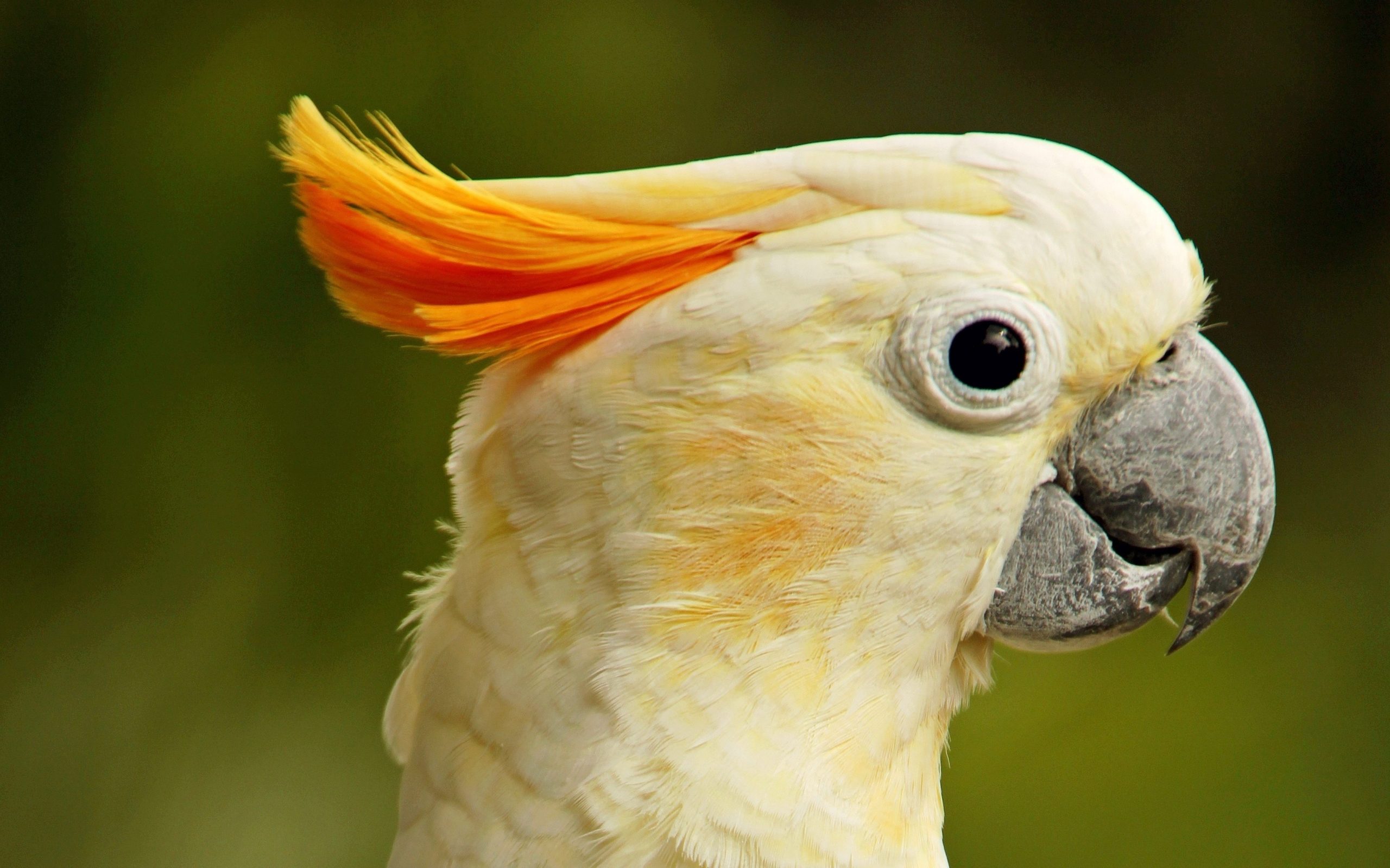
Disruptions to their distinctive excretion apparatus prompt major health issues:
Obstructions
Grit impactions or egg bindings can block cloacal outflow.
Infections
Bacterial, yeast, and even parasitic bugs may infiltrate excretory systems.
Organ Failure
Gout, kidney damage, and liver disease severely impact filtration and elimination capacities.
Catching abnormalities early optimizes recovery odds if supportive veterinary care is provided.
Facilitating Regular Parakeet Excretion
Caretakers encourage smooth metabolic functioning through:
| ● Balanced diets |
| ● Prebiotics/probiotics |
| ● Exercise opportunities |
| ● Sanitized housing |
Monitoring fecal quantities, color, textures, and urine constituents and noting any deviations grants health insights.
So supporting digestion and organ wellness enables observing those fascinating byproducts “pees” parakeets produce!
What is the Benefit of Not Peeing for Parakeets?
The fact that parakeets do not pee separately like mammals provides some important benefits:
- Water conservation – Since parakeets do not have a urinary bladder, the urine is excreted quickly rather than stored. This allows them to conserve water, which is important since they originated in arid environments in Australia.
- Lightweight – Having a urinary bladder would add weight for flight. Parakeets need to be as lightweight as possible for flying, so excreting urine and feces together eliminates the need for an extra storage organ.
- Prevent dehydration – In their native hot climate, parakeets are at high risk of dehydration. Excreting water rapidly helps prevent precious water loss.
- Less chance of infection – Having a cloaca rather than separate urine and fecal openings reduces the chances of bacteria entering the body and causing infection.
- Efficient excretion – Combining urine and feces into one product eliminates the need to expend energy on two separate excretion processes.
So for small birds like parakeets that fly and live in dry environments, not peeing and having a urinary bladder offers important advantages for conserving water, staying lightweight, and protecting against disease. Their unique excretory system is well adapted to their way of life.
How Often Do Parakeets Pee?
As discussed previously, parakeets don’t pee – they excrete urine combined with their feces. However, you can still tell how often they are urinating based on their droppings. Here is how often parakeets need to excrete urine and feces:
- Parakeets excrete between 15-50 droppings per day.
- They tend to poop more frequently in the morning and after eating.
- Young parakeets may poop up to 100 times per day since they eat more frequently.
- When resting, parakeets can go 1-2 hours without excreting.
- At night, they can go 8-10 hours without pooping while sleeping.
- On average, expect your parakeet to poop about 20-30 times in a typical day.
- Some signs of an abnormal urinary system include straining, poor appetite, or observation of overly watery or discolored urine.
- Healthy droppings should be solid dark green with a white cap of urate. Loose, watery, or oddly colored droppings may indicate illness.
So monitor your parakeet’s poops for normal frequency and consistency. dramatic changes could signify a health issue requiring veterinary attention. But in general, expect multiple solid droppings per day as your bird’s version of peeing regularly!
Do Parakeets Pee And Poop From The Same Opening?
Parakeets only have one external opening for excretion called the vent or cloaca. This means they pee and poop from the same opening.
The cloaca serves as a chamber that holds the waste ready for release.
Right before excretion, the cloaca events, which means it turns outward and opens up. Then the parakeet contracts its abdominal and cloacal muscles to push out the waste.
The urine and feces get mixed as they pass through the vent. You can see the white pasty urine combined with the dark more solid feces in parakeet droppings.
So while mammals pee from their urethra and poop from the anus, parakeets only have one multipurpose opening. This anatomical difference evolved in birds due to some advantages:
- Having one opening is more hygienic and reduces the risk of infection
- It’s more efficient and energy-saving to use one orifice
- Weight is reduced by not having separate waste systems
The single vent used for both pee and poop demonstrates how parakeet anatomy evolved for flight and their arid environment. Next time you clean your bird’s cage, you’ll know those droppings represent both #1 and #2!
Do Parakeets Pee And Poop At The Same Time?
Parakeets excrete pee (urates) and poop (feces) simultaneously through their cloaca. However, the urine and feces form in different parts of the digestive system before combining in the cloaca.
Urine formation:
- The kidneys filter blood and produce urine
- Urine travels through ureters to the cloaca
Feces formation:
- Waste moves through the intestines
- Water gets absorbed, forming feces
- Feces move to the rectum near the cloaca
Excretion:
- The cloaca receives urine and feces
- Muscles contract to push waste out of the vent
- Urine and feces exit together
So parakeets don’t pee and poop independently at different times. But pee and poop do originate separately before mixing right before excretion.
Think of the cloaca as a holding chamber that collects and combines urine and feces immediately before exiting the body. This efficient system allows parakeets to eliminate their version of pee and poop in one action.
How Much Water Should My Parakeet Drink?
Providing your parakeet with fresh, clean drinking water daily is extremely important for their health. Here are some general guidelines on how much water they need:
- Parakeets should have continuous access to water in their cage.
- Change the water daily or more often if it gets soiled.
- Use a drinking bottle or water bowl. Bowls allow more natural drinking behavior.
- Each parakeet drinks about 10-20 mL (1-2 tbsp) of water per day on average.
- More water is needed during hot weather or when eating dry foods.
- Increase the water amount by 50% when the parakeet is molting.
- Bathing 1-2 times weekly provides additional hydration.
- Signs of dehydration include sunken eyes, lethargy, dry skin, and low urine.
- Provide filtered, chlorine-free water for optimal health.
- Sick birds or breeding hens may need more water.
Ensure your parakeet’s water supply is continually replenished and supplemented with vegetables and fruits in their diet. Having constant access to fresh drinking water is essential for promoting proper urine production and healthy droppings.
Can Parakeets Pee While Flying?
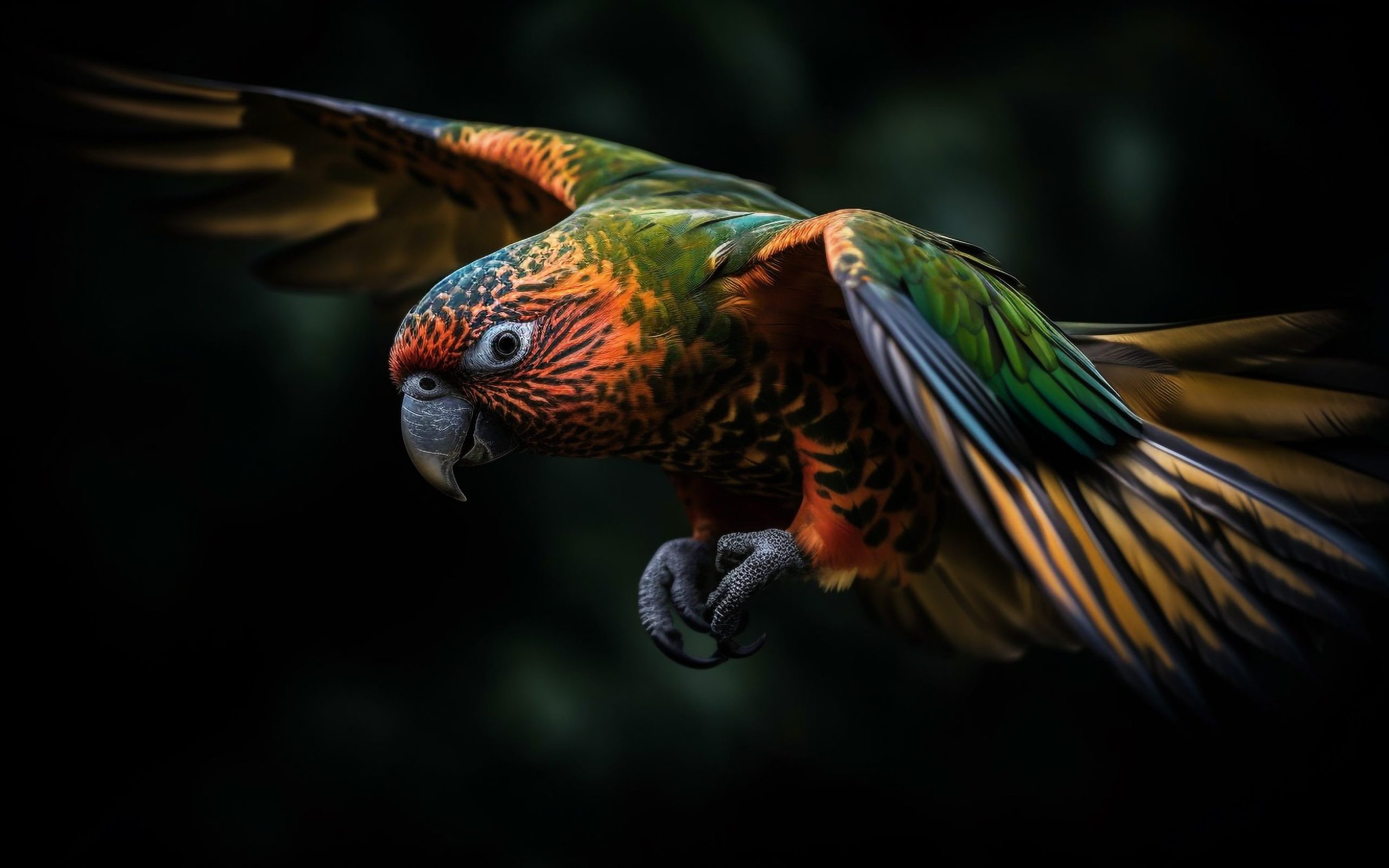
Parakeets cannot fully excrete urine or feces while in flight. However, some urine and waste can occasionally be released from parakeets while flying in certain circumstances:
- When taking off, the pressure from wing flapping may cause a small amount of droppings released.
- If scared during flight, a parakeet may expel a small amount of urine and feces. This is rare.
- Parakeets can’t fully empty their cloaca during flight – this only occurs while perched.
- Holding waste while flying allows parakeets to stay lightweight for extended flights.
- Parakeets have strong cloacal muscles that keep the vent tightly closed during flight.
- Any release during flight would likely be a small spray of urine or scattering of feces.
- Once landed, parakeets can fully empty their cloaca as needed.
So while not impossible, it is very uncommon for healthy parakeets to fully pee or poop while airborne. Their bodies are adapted to retain waste while flying to prevent weight gain and mess. Next time your parakeet takes off, rest assured you won’t get a rain of poop!
Can Parakeets Pee In Their Sleep?
No, parakeets cannot fully urinate or defecate while asleep. Here is why they can’t pee while sleeping:
- Their cloacal vent remains tightly closed, preventing urine or feces release.
- Muscles must consciously relax for the vent to open for excretion.
- Their body is immobile during sleep, preventing elimination.
- Perching is necessary for proper cloacal positioning for excretion.
- Lack of ventilation during sleep could lead to breathing in harmful methane from droppings.
- Holding waste overnight helps prevent dehydration.
However, some minimal seepage of urates or feces can occasionally happen while asleep:
- Pressure on the vent from the foot gripping perch may cause slight leakage.
- The digestive system keeps forming urine and feces overnight.
- A small amount may uncontrollably leak out before waking.
- Bedding may show a few drops of urates or specs of feces.
So while parakeets don’t fully excrete waste while sleeping, a small amount may involuntarily escape. But they have adapted to hold in urine and feces overnight to stay clean, and healthy and avoid exposure to methane gases.
What Does A Parakeet’s Pee Look Like?
A parakeet’s urine or urates have a unique appearance:
- Urates are the white portion of parakeet droppings.
- They have a thick, pasty texture, unlike human urine.
- The normal color is white or pale cream.
- Can appear semi-transparent or glossy when fresh.
- Dries to a chalky, powdery texture after some time.
- Makes up approximately 30% of the total dropping volume.
- The main constituents are uric acid and nitrogenous waste.
- Little to no water is present since parakeets excrete urine rapidly.
- Urates often cap the dark feces portion of droppings.
- Excess rates can cause sticky buildup inside the cage.
- Abnormal urine may be watery, bloody, excessively yellow, or absent.
So parakeet pee isn’t a liquid – it’s the white part of their droppings composed of a thick paste of uric acid and waste filtered from the bloodstream. Examining it gives clues into your parakeet’s hydration and health.
What Does Parakeet’s Poop Look Like?
Here are the typical characteristics of normal parakeet poop:
- Poop is the dark portion of parakeet droppings.
- Color ranges from brown to dark green.
- The texture is more solid and compact than the urates.
- Makes up around 70% of the total dropping volume.
- Mainly composed of undigested seeds, fiber, and bacteria.
- May contain dark fecal staining from bile pigments.
- Well-formed and solid, but soft enough to break apart.
- Odor is minimal or non-existent.
- Excessive water content causes loose, liquid poop.
- Lack of food and water causes small, hard poop.
- The amount varies from 15-100 drops per day depending on size and diet.
Monitoring your parakeet’s poop gives insight into their digestion and health. Normal parakeet poop should be solid, brown-green, odorless, and combined with a white urate cap.
Does Parakeet’s Urine Smell?
Parakeets’ urine or urates do not have a strong odor like mammalian urine. Here are some reasons their pee doesn’t smell:
- It does not contain high levels of ammonia which causes odor in mammal urine.
- Uric acid is relatively scent-free compared to urea found in mammal urine.
- Very little liquid is present in parakeet urine to hold odorous compounds.
- Fecal portion contains gut bacteria which produce more odor.
- Parakeet droppings are expelled quickly, giving little time for the stench to develop.
- Their kidneys extract waste efficiently, leaving little to decay and smell.
- Parakeet urine is more solid and dries quickly, preventing aromas.
- Any slight smell is usually masked by the stronger odor of feces.
However, in some cases parakeet urine may have an abnormal smell:
- Excess water in droppings can make urine smell more.
- Some disease processes can make their urine have an unusual odor.
- Accumulated dried urine over time develops a stronger smell.
So in general, fresh parakeet urine should have a minimal odor. Any foul or strong smell could indicate an underlying health problem.
Conclusion
In summary, while parakeets do not pee in the traditional sense, they do excrete excess water and waste products along with their feces in combined droppings. Their unique cloacal anatomy mixes urine and feces before elimination through the vent. Parakeets can’t pee while flying or sleeping and need access to fresh water daily. Monitor your parakeet’s pee or urates for normal color, consistency and minimal odor. Any changes may indicate illness requiring veterinary attention. Understanding how parakeets excrete waste can help you keep your bird healthy and its cage clean!
Frequently Asked Questions About Parakeets Peeing
1. Why don’t parakeets pee like mammals?
Parakeets don’t pee like mammals because birds have a different anatomical structure. Parakeets have a cloaca – a chamber where urine and feces mix before exiting through the vent. This allows efficient, combined excretion optimal for flight. Birds also lack a urinary bladder, as seen in mammals.
2. How can you tell if a parakeet is peeing normally?
Check that the urine portion of droppings (urates) is white, solid, and moderately moist. The amount should be adequate and excreted regularly throughout the day. Abnormal pee may be excessively watery, gritty, foul-smelling, bloody, or totally absent.
3. Do parakeets pee when they are scared?
Parakeets may occasionally leak a small amount of urine or feces when frightened during flight or handling. But they are unable to fully empty their cloaca when scared or stressed. Proper handling minimizes stress.
4. Should parakeet droppings smell strong?
Fresh parakeet droppings should have a minimal odor, especially from the urate portion. Some smells may come from the darker fecal part. Strong stench could indicate illness, improper diet, or unsanitary housing conditions.
5. How can you potty train a parakeet?
Parakeets can’t be fully potty trained like mammals. But you can teach them to go to a certain place by regularly moving them back to perches over waste-catching areas when out of the cage. Caging reduction and scheduling can help.
6. Is parakeet poop harmful to humans?
Parakeet droppings pose a low health risk if handled properly. As always, wash hands after cleaning waste. Those with weakened immune systems should use extra care around bird feces which can harbor bacteria like chlamydia.
7. Do parakeets excrete waste during the night?
Parakeets are unable to fully empty their cloaca during sleep. However, some minimal leakage of urine or feces may occur involuntarily overnight. Cage lining may reveal a small amount of droppings in the morning.
8. How often should parakeets poop per day?
Healthy parakeets poop 15-50 times per day. Young parakeets may be excreted up to 100 times daily. During rest, they can go 1-2 hours without pooping. Overall, expect your parakeet to poop approximately 20-30 times daily.
9. Do parakeets poop more when stressed?
Stress does not directly cause parakeets to poop more. But anxious birds may eat less and become dehydrated – both can lead to small, infrequent droppings which gives the appearance of constipation.
10. Why does my parakeet have colorful urine?
Dyed foods, medications, heavy metals, and infections can discolor parakeet urine. Orange urates may indicate liver disease. Greenish urine can result from bile flow issues. See an avian vet if the urine color change persists.

